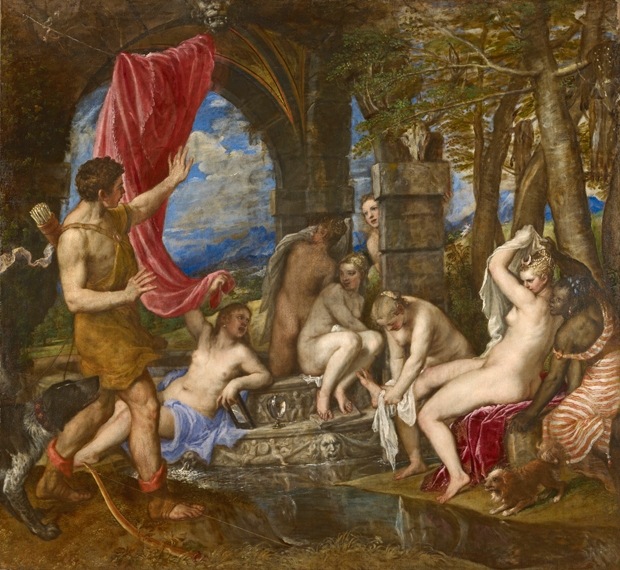In Venice, around 1552, Titian began work on a series of six paintings for King Philip II of Spain, each of which reinterpreted a scene from Ovid’s Metamorphoses. The resulting work proved to be the apogee of his career and became what may be the most influential group of paintings in post-Renaissance European art.

Disagree with half of it, enjoy reading all of it
TRY A MONTH FREE
Our magazine articles are for subscribers only. Try a month of Britain’s best writing, absolutely free.
Already a subscriber? Log in






Comments
Join the debate, free for a month
Be part of the conversation with other Spectator readers by getting your first month free.
UNLOCK ACCESS Try a month freeAlready a subscriber? Log in